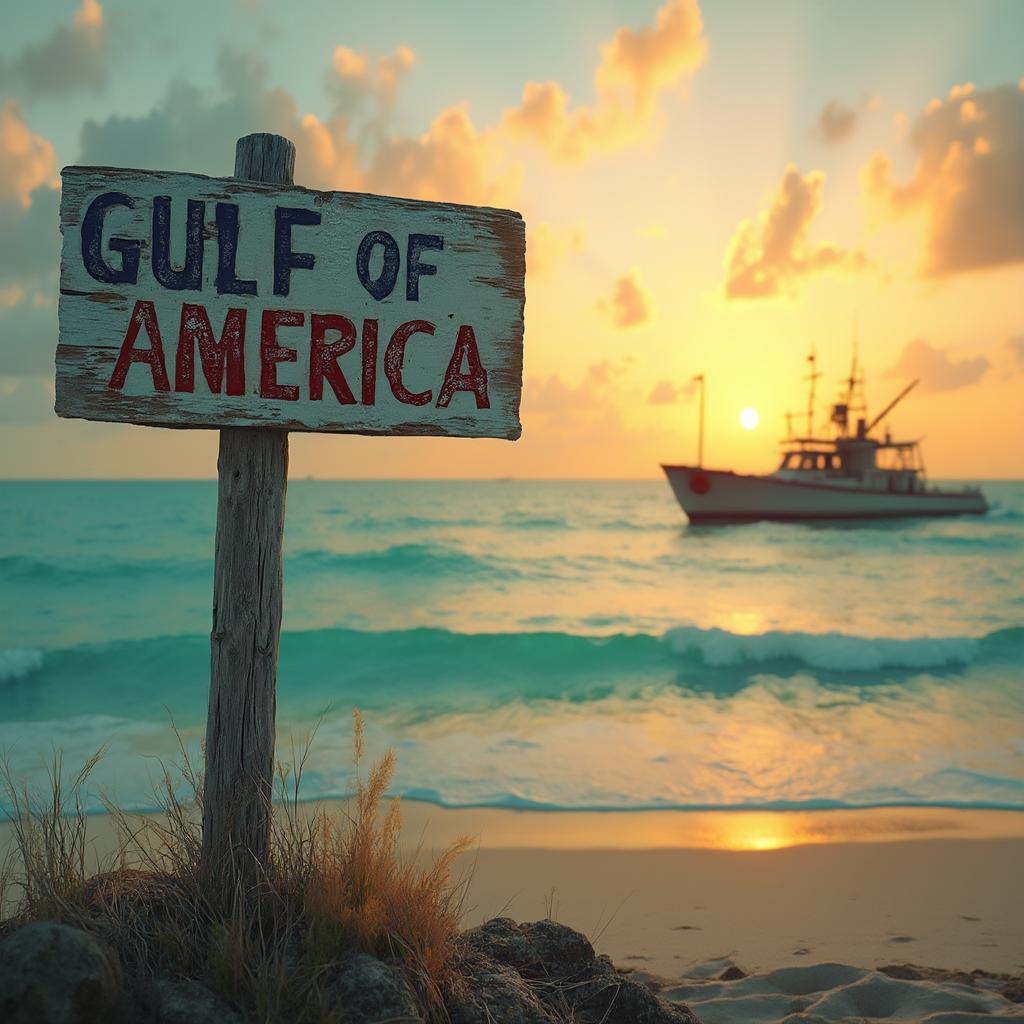
In a bold move, the Trump administration has officially renamed the Gulf of Mexico to the “Gulf of America.” The decision, announced on Friday, follows through on a promise made by President Trump earlier this year. While the change applies within the U.S., other countries aren’t required to adopt the new name.
Florida Governor Ron DeSantis has already embraced the rebrand, using “Gulf of America” in a recent weather alert. However, the move hasn’t been without controversy. Mexican President Claudia Sheinbaum playfully suggested renaming America to “América Mexicana” in response.
The Interior Department defended the change, calling the Gulf “one of the most vital assets in the Nation’s history and economy.” Meanwhile, the U.S. Board on Geographic Names is working to restore the name of Alaska’s tallest peak, Denali, back to Mount McKinley—a decision that has drawn criticism from Alaska’s senators, Lisa Murkowski and Dan Sullivan.
Denali, a name long advocated by Alaska Native groups, was officially recognized in 2015 under the Obama administration. The Trump administration, however, called that decision “an affront” to former President William McKinley, who had no known ties to Alaska.
The renaming process isn’t simple. Proponents must present their case to the geographic names board, which can take years—as seen with Denali, which took four decades to officially change.
While the “Gulf of America” name may stick domestically, its international acceptance remains uncertain. For now, the debate over geographic names continues to spark conversations about history, identity, and who gets to decide.
